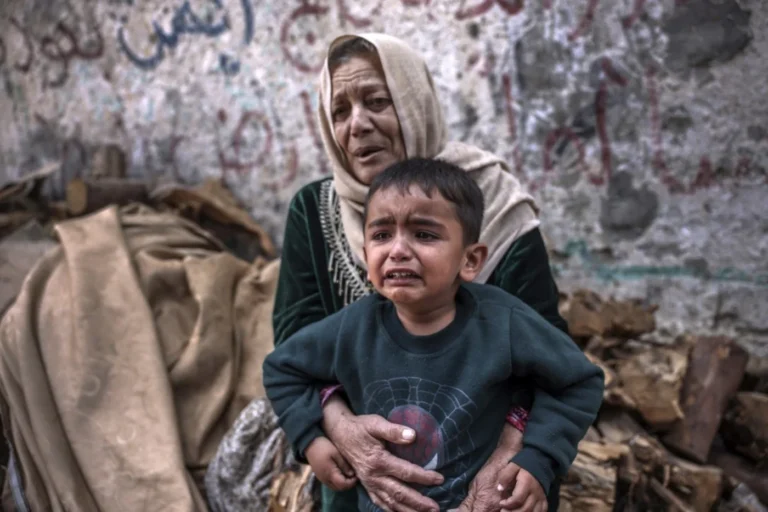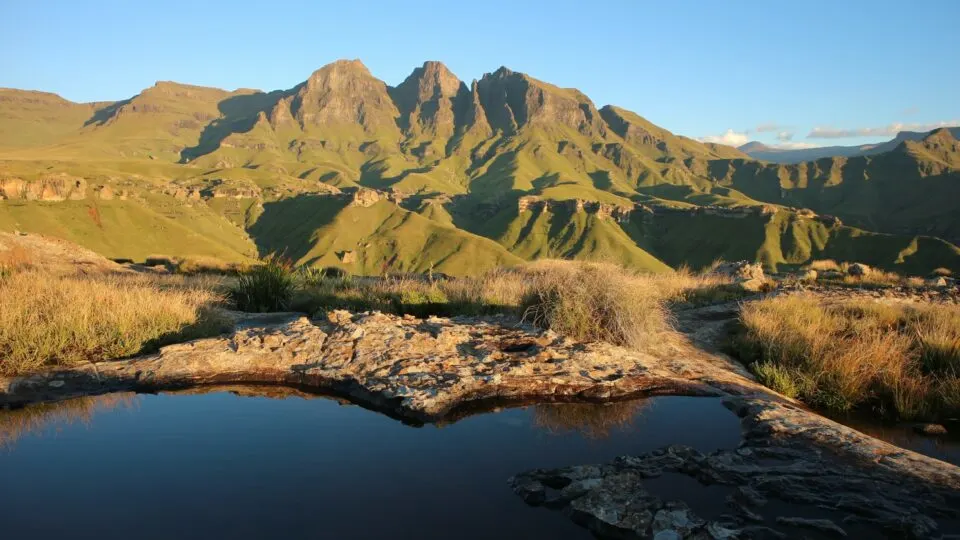
Africa boasts of the roar of wild animals, the whispers of former kingdoms, and the echoes of human tenacity. UNESCO is helping the world hear the story that Africa has to tell. UNESCO is shining a light on the continent’s remarkable heritage. It is not only adding new sites to its prestigious World Heritage List, but also celebrating the successful rehabilitation of others. UNESCO is proving that conservation efforts can truly make a difference.
UNESCO’s 47th World Heritage Committee session in Paris added 26 new cultural and natural sites to its prestigious list. This year too, the spotlight was on African heritage- with the addition of four new African sites. UNESCO also removed three others sites from the List of World Heritage in Danger.
The start of the Committee was marked by the removal of Madagascar, Egypt and Libya-from the List of World Heritage in Danger.
Three new African sites made their entry intro the UNESCO World Heritage List, bringing the total number to 112.
Africa Unveiled: New Heritage Wonders Emerge!
UNESCO added three new African sites to the World Heritage List in 2025.
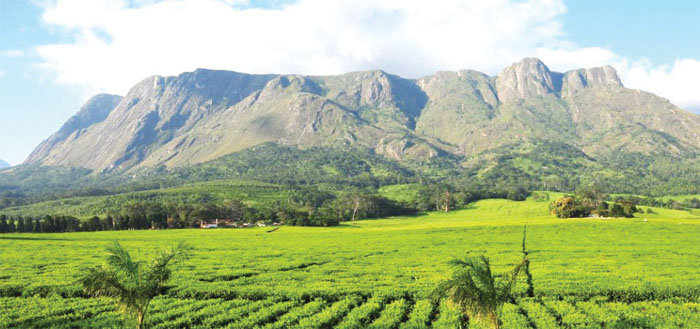
- Mount Mulanje Cultural Landscape, Malawi:
This property encompasses the mountain range located in southern Malawi. The imposing Mount Mulanje—one of the world’s largest inselbergs—and its surrounding environment, adds to its allure. It holds deep cultural and spiritual significance. The Yao, Mang’anja, and Lhomwe peoples connect the mountain’s geological and hydrological features with their belief systems and cultural practices.
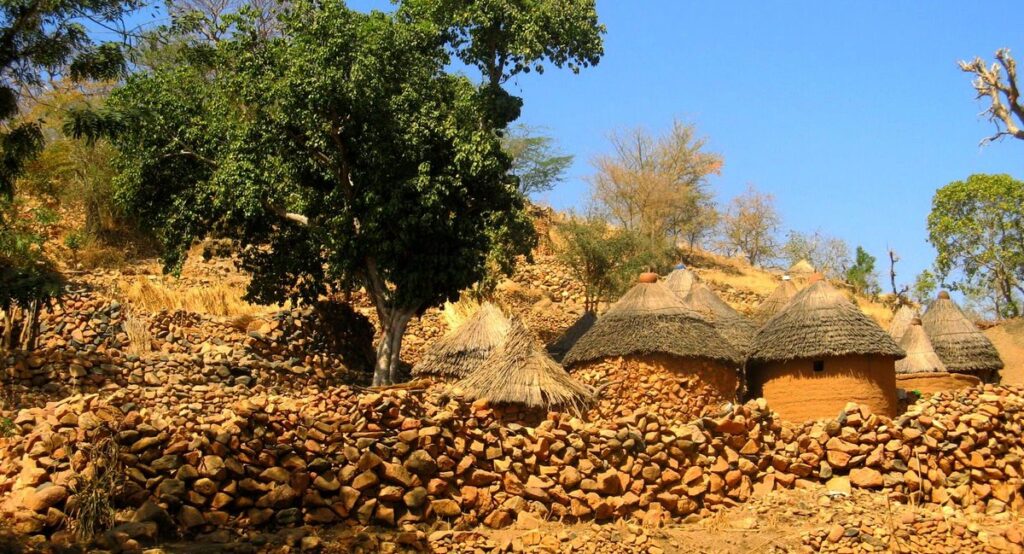
- Diy-Gid-Biy Cultural Landscape of the Mandara Mountains, Cameroon:
Located in the Far North Region of Cameroon, the property includes sixteen archaeological sites across seven villages. Its name means “Ruin of the Chief’s Residence” in the Mafa language. The area has been inhabited by the Mafa people since the 15th century. The surrounding landscape features agricultural terraces, homes, tombs, places of worship, and artisan activities, reflecting a long-standing cultural and spiritual connection between the people and their environment.
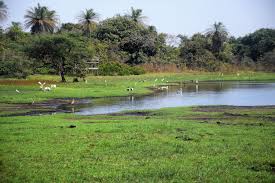
- Bijagos Archipelago in Guinea-Bissau:
The Archipelago is the only active deltaic archipelago on the African Atlantic coast and one of the few in the world. The site is home to a rich biodiversity, including endangered Green and Leatherback turtles, manatees, dolphins, and over 870,000 migratory shorebirds. It features mangroves, mudflats, and intertidal zones vital for marine life, and supports rare plant species, diverse fish populations, and bird colonies.
Out of Danger – Conservation Success Stories of Africa
Three properties in Madagascar, Egypt, and Libya were taken off the List of World Heritage in Danger by the UNESCO World Heritage Committee, which met in Paris, France. With UNESCO’s assistance, States Parties have worked hard to drastically lower the threats to these sites, which has led to these removals.
Rainforests of the Atsinanana (Madagascar)

The Rainforests of the Atsinanana were inscribed on UNESCO’s World Heritage List in 2007 for its important biodiversity. In recent years, illegal logging, trafficking of precious woods, and deforestation have threatened key species like lemurs. These threats led to the site’s inclusion on the World Heritage in Danger list in 2010.
Madagascar developed and implemented an ambitious action plan with the support of UNESCO and the international community. As a result,63% of lost forest has been restored, illegal logging stopped, and lemur poaching is at its lowest in a decade.
Abu Mena (Egypt)
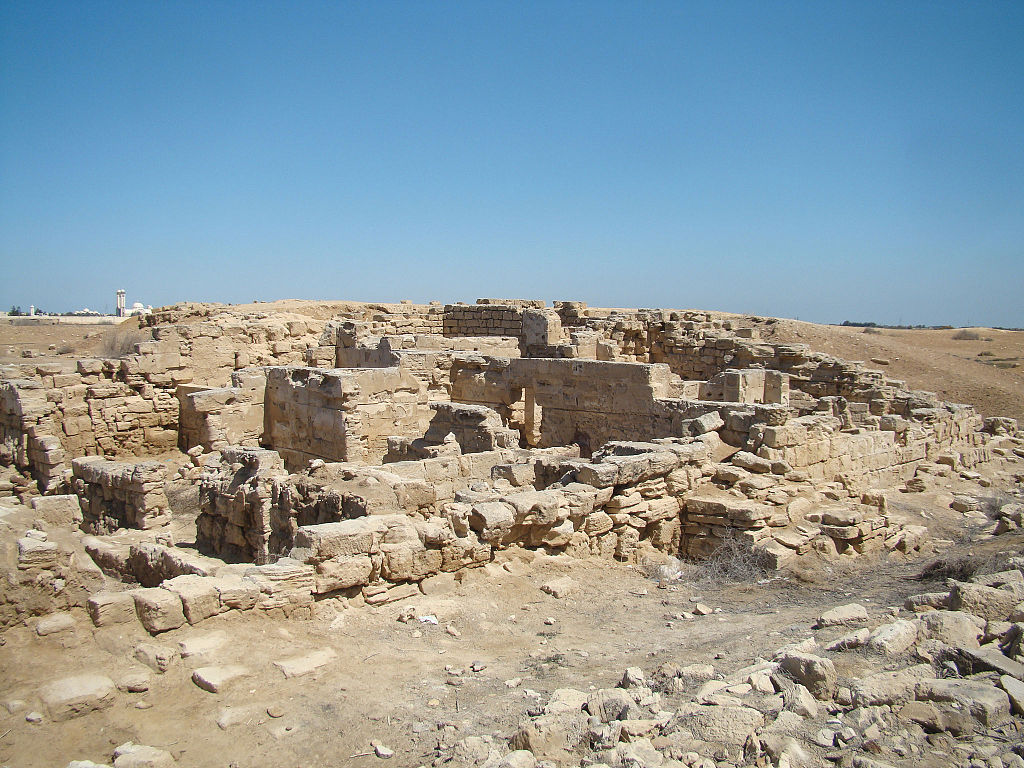
It’s an early Christian pilgrimage site and monastic center, was added to the UNESCO World Heritage List in 1979. In 2001, Abu Mena was listed as endangered due to structural collapse risks and rising water tables from nearby farm irrigation.
In 2021, groundwater levels were significantly reduced by an ambitious pumping and drainage system, reducing the likelihood that the archaeological structures would become unstable. The 2024 conservation plan, backed by UNESCO’s World Heritage Fund, developed effective strategies and strengthened local community involvement.
Old Town of Ghadamès (Libya)
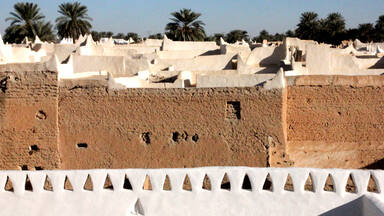
The Old Town of Ghadamès was inscribed on the UNESCO World Heritage List in 1986 . The site has been on the List of World Heritage in Danger since 2016 due to the prevailing conflict in the country at that time, wildfires and torrential rain.
Local authorities and partners led major restorations, repairing historic buildings, pipelines, and traditional infrastructure across the heritage site.
Africa’s Treasures Threatened
Threats to African World Heritage sites include poaching, armed conflict, and climate change. Sites are destroyed by civil unrest, and biodiversity is harmed by illegal logging and poaching. Cultural and natural sites are also impacted by extreme weather and rising temperatures. Conservation is further hampered by inadequate management and funding. Cultural heritage is at risk due to rapid urbanization and development. Africa is therefore underrepresented on the World Heritage List, and many of its sites are endangered and need more assistance to be preserved.
Today, we celebrate progress, but tomorrow, the work continues. UNESCO’s recognition of new African World Heritage sites and the remarkable recovery of others offers a beacon of hope. But with conflict, poaching, climate change, and underfunding still looming, the world must renew its commitment to safeguarding these invaluable treasures for the benefit of all humanity. The choice is ours: protect or perish.
For more such informative articles stay tuned at The World Times.

